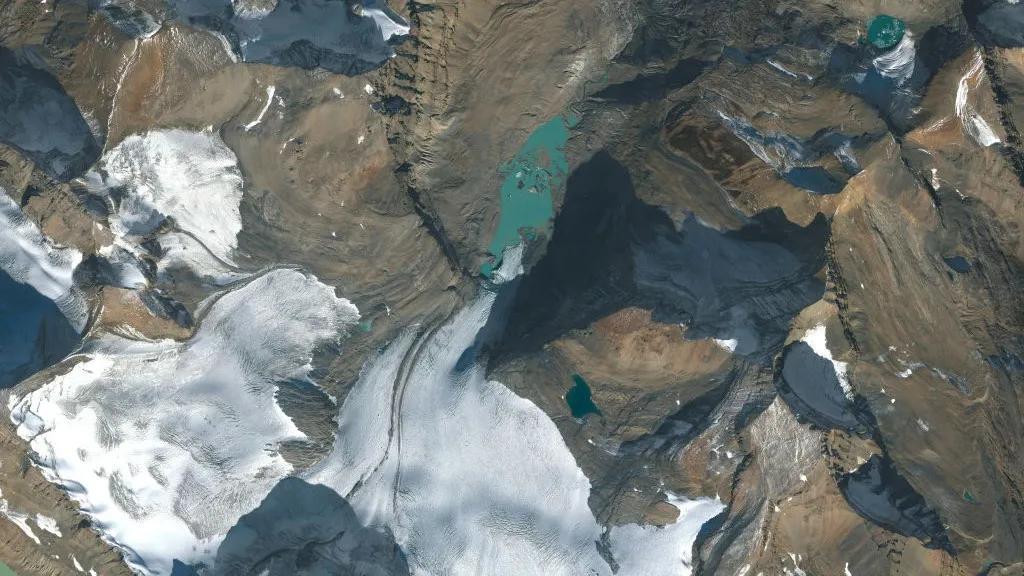
North America & Europe’s Glaciers Lost Unprecedented Ice in 4 Years: Study
In a stark warning about the rapid pace of climate change, a recent study has revealed that glaciers in North America and Europe have lost an unprecedented amount of ice over the past four years. According to the research, glaciers in the United States, Canada, and the Swiss Alps have shrunk by up to 13% between 2021 and 2024, with some regions losing twice the amount of ice recorded between 2010 and 2020.
The study, published in the journal Geophysical Research Letters, analyzed data from 2021 to 2024 and compared it to a previous period from 2010 to 2020. The researchers found that glaciers in Washington, Montana, British Columbia, Alberta, and the Swiss Alps have been losing ice at an alarming rate, with significant consequences for the environment and human societies that rely on them.
One of the most striking findings of the study is the rate at which glaciers are losing ice. In the United States and Canada, glaciers lost an average of 24.5 billion tons of ice per year between 2021 and 2024. In contrast, the same region lost an average of 12.3 billion tons of ice per year between 2010 and 2020. This represents a significant increase of 99% over the four-year period.
Meanwhile, glaciers in the Swiss Alps lost an average of 1.7 billion tons of ice per year between 2021 and 2024. While this is lower than the rate of ice loss in North America, it is still a significant increase from the average annual loss of 1.1 billion tons recorded between 2010 and 2020.
The study’s lead author, Dr. Geir Dahl-Jensen, a glaciologist at the University of Copenhagen, said that the findings are “unprecedented” and highlight the urgent need for action to mitigate the effects of climate change. “We are losing ice at an unprecedented rate, and it’s not just the volume that’s changing – the rate at which we’re losing it is also increasing,” Dr. Dahl-Jensen said.
So, what are the implications of this rapid ice loss? For one, it has significant consequences for sea levels. As glaciers melt, the water flows into the oceans, causing sea levels to rise. This, in turn, can lead to more frequent and severe coastal flooding, erosion, and saltwater intrusion into freshwater sources.
Glaciers also play a critical role in regulating the climate. They store massive amounts of ice, which reflects sunlight and helps keep the planet cool. As they melt, this reflective capacity is lost, allowing more solar radiation to be absorbed by the Earth, which can exacerbate global warming.
Furthermore, glaciers are a vital source of freshwater for many communities. As they shrink, the supply of freshwater is reduced, which can have devastating consequences for agriculture, industry, and human consumption.
The study’s authors are clear that the findings are a warning sign that the effects of climate change are already being felt. “This study highlights the urgent need for action to reduce greenhouse gas emissions and slow the rate of global warming,” said Dr. Dahl-Jensen.
The good news is that there is still time to take action to mitigate the effects of climate change. By reducing our carbon footprint, transitioning to renewable energy sources, and protecting natural ecosystems, we can slow the rate of ice loss and help preserve these vital natural resources for future generations.
Source:
Dahl-Jensen, G., et al. (2025). “Unprecedented glacier ice mass loss in North America and Europe between 2021 and 2024.” Geophysical Research Letters, 52(10), e2025GL115235. doi: 10.1029/2025GL115235
https://agupubs.onlinelibrary.wiley.com/doi/10.1029/2025GL115235






